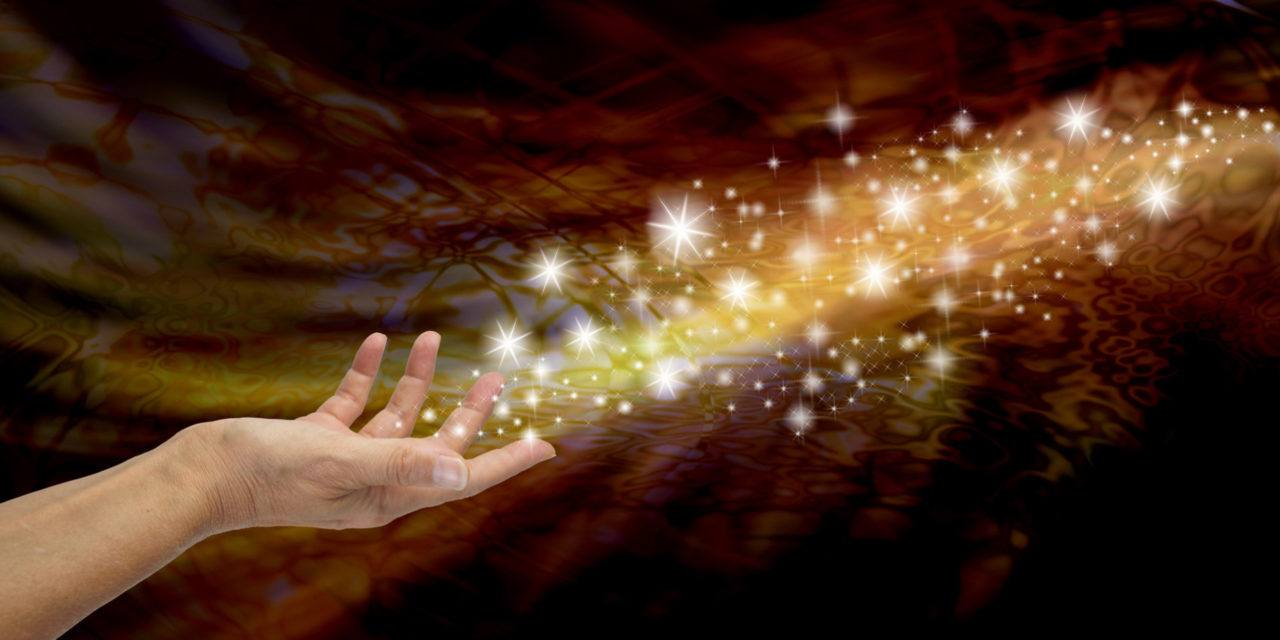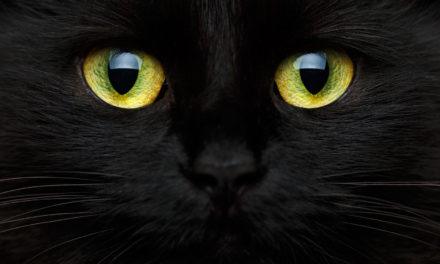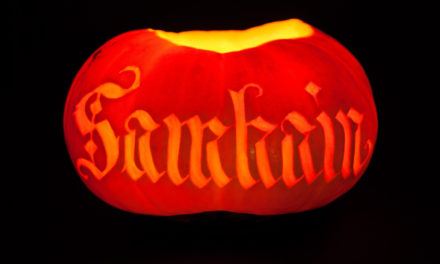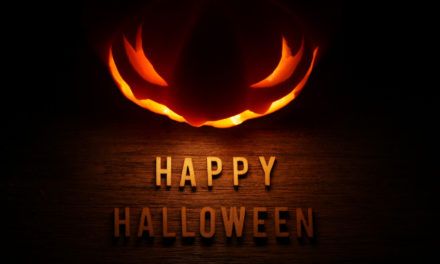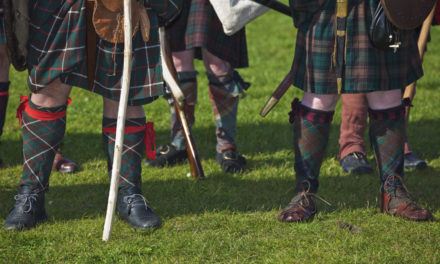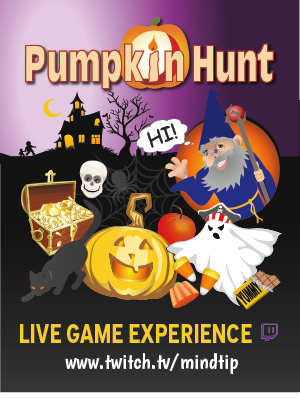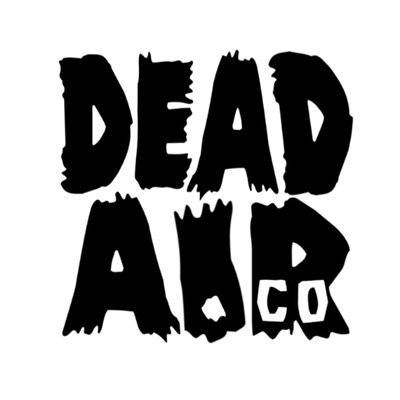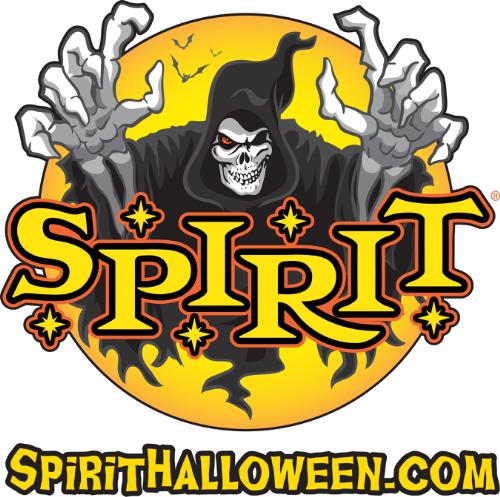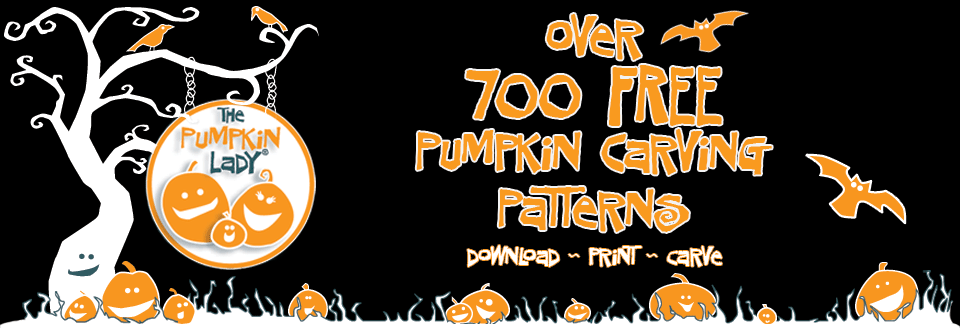The term “witchcraft” has different meanings for different people and different cultures. There is no way to “nail down” a specific definition for the term “witchcraft” other than to say is it a craft practiced by witches.
You can’t call “witchcraft” a specific religion. Witchcraft has been found in many different cultures and on all continents in some form, both presently and historically. There are common threads that run through all of the various ways in which witchcraft is practiced. For example:
* There are religious elements that include spirits and/or deities. * There are connotations that deal with the afterlife. * Magic is a part of all the many forms of witchcraft.
The term “witchcraft” has been used to define any practice that involves magic, and the term “witchcraft” seems to be defined by the culture and values endorsed by each community. Witchcraft is viewed by different groups with varying degrees of respect, suspicion, or indifference. But most cultures define their own version of magic as either “good” or “evil,” and there is no middle ground.
Many see witchcraft in any form in the same light that they view satanic ritual abuse (SRA). SRA is seen as physical and sexual abuse associated with satanic rituals or the occult. To these people it means that anything even remotely associated with witchcraft is evil.
The label “witchcraft” has been applied by most to any practice that is used to influence or control another person’s mind or body against his or her will and for evil purposes that will undermine the accepted social or religious order.
It is often difficult to distinguish bad magic or “black magic” from good magic or “white magic.” White magic is intended to protect humans from black magic spells but white magic also uses “spells” and “connotations.”

